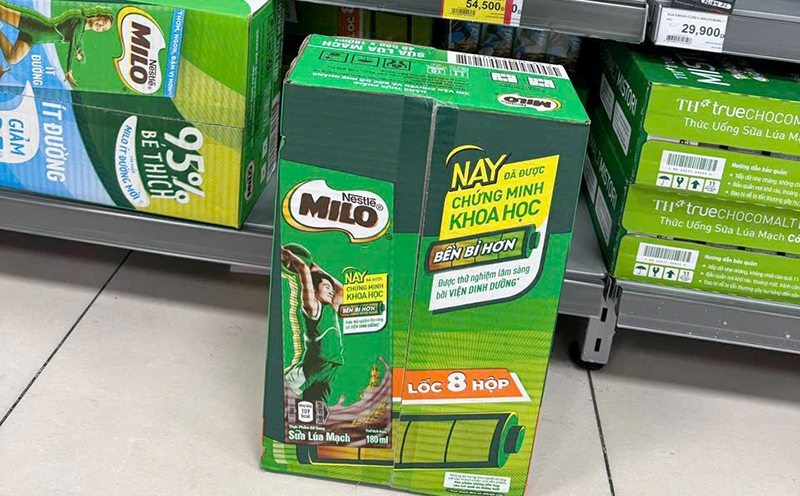On May 19, Mr. Nguyen Thanh Chau - Head of Vinh Hy village (Vinh Hai commune, Ninh Hai district, Ninh Thuan province) confirmed that local people had just discovered a rare capricorn fish drifting ashore.
According to Mr. Chau, the fish is nearly 2m long, the tail was broken when it was discovered on the morning of May 18. "At that time, the fish was still alive, struggling very strongly. People quickly proceeded to rescue and release the fish back to the sea. However, not long after, the fish continued to drift ashore and died," Mr. Chau said.
Local people later buried the fish according to customs, showing respect for the fish associated with many sea legends. This is the first time Vinh Hy people have seen fish roaming the coast in this area.
Regalecus glesne is the longest fish with the longest bones in the world, usually living at a depth of hundreds of meters below sea level. The bulge body is as long as a silk strip, this fish can be 3m long on average, and a large individual can be up to 11m. They mainly eat reed, molluscs, rhinopods and small reptiles.
This fish rarely appears in the waters near the shore. Their unusual presence has caused a stir in public opinion many times, especially in Japan - where Cheo fish is also known as "Ryugu no Tsukai".
According to Japanese legend, capricorns often appear before earthquakes or sunscreens, as a "signing" of impending natural disasters. However, scientists have not found specific evidence to prove the connection between cheo fish and earthquake phenomena.
In Vietnam, capsicum fish rarely appear and drifting ashore like in Vinh Hy (Ninh Thuan) is a rare case. Local people said they did not speculate too much about the phenomenon, but still performed a burial ceremony to show respect for this rare marine species.











